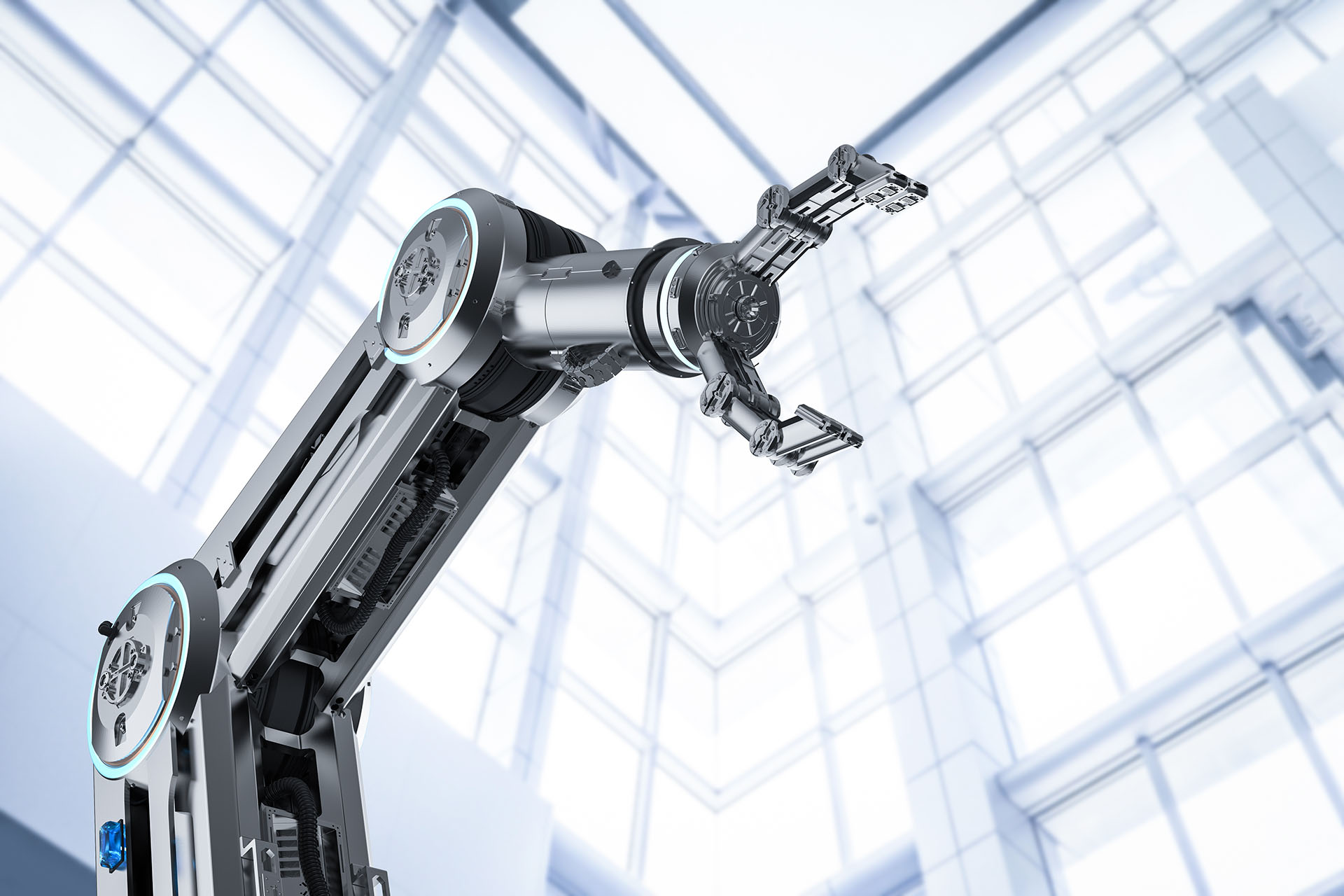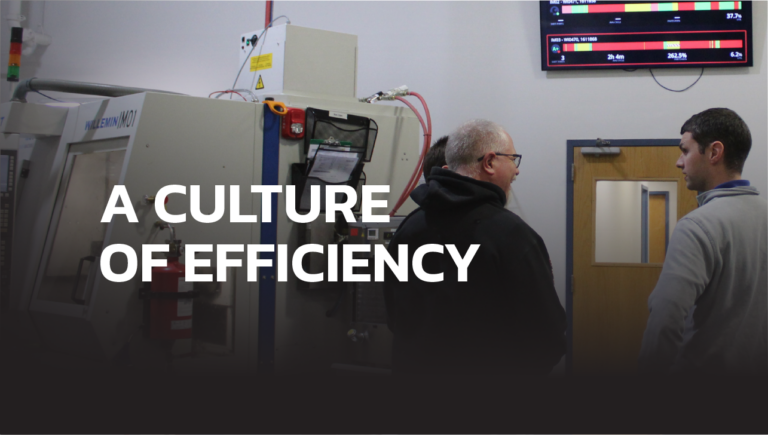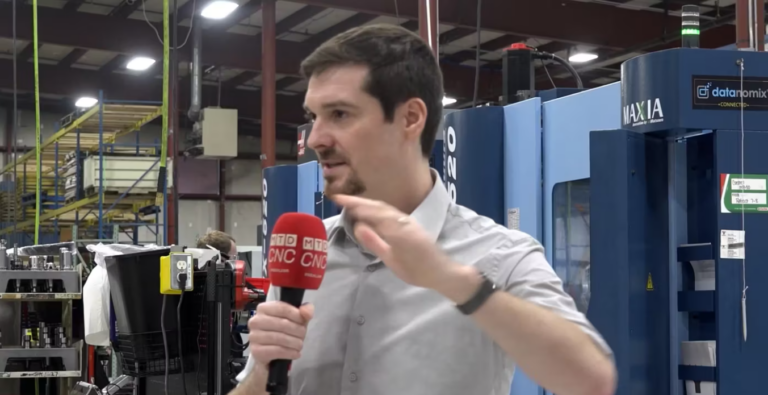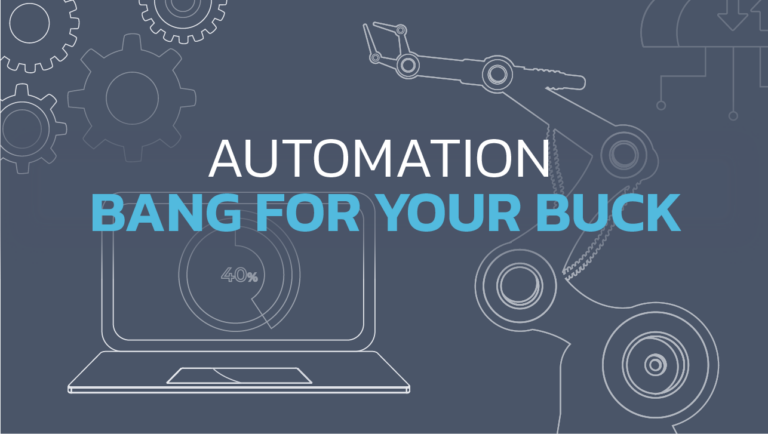Automation Options for Manufacturers
Think Outside the Bot
When people think about automation in manufacturing, a robot is usually what comes to mind. While robots are great for heavy lifting and repetitive tasks, they are not the only form of automation. And they might not provide the biggest bang for your buck.
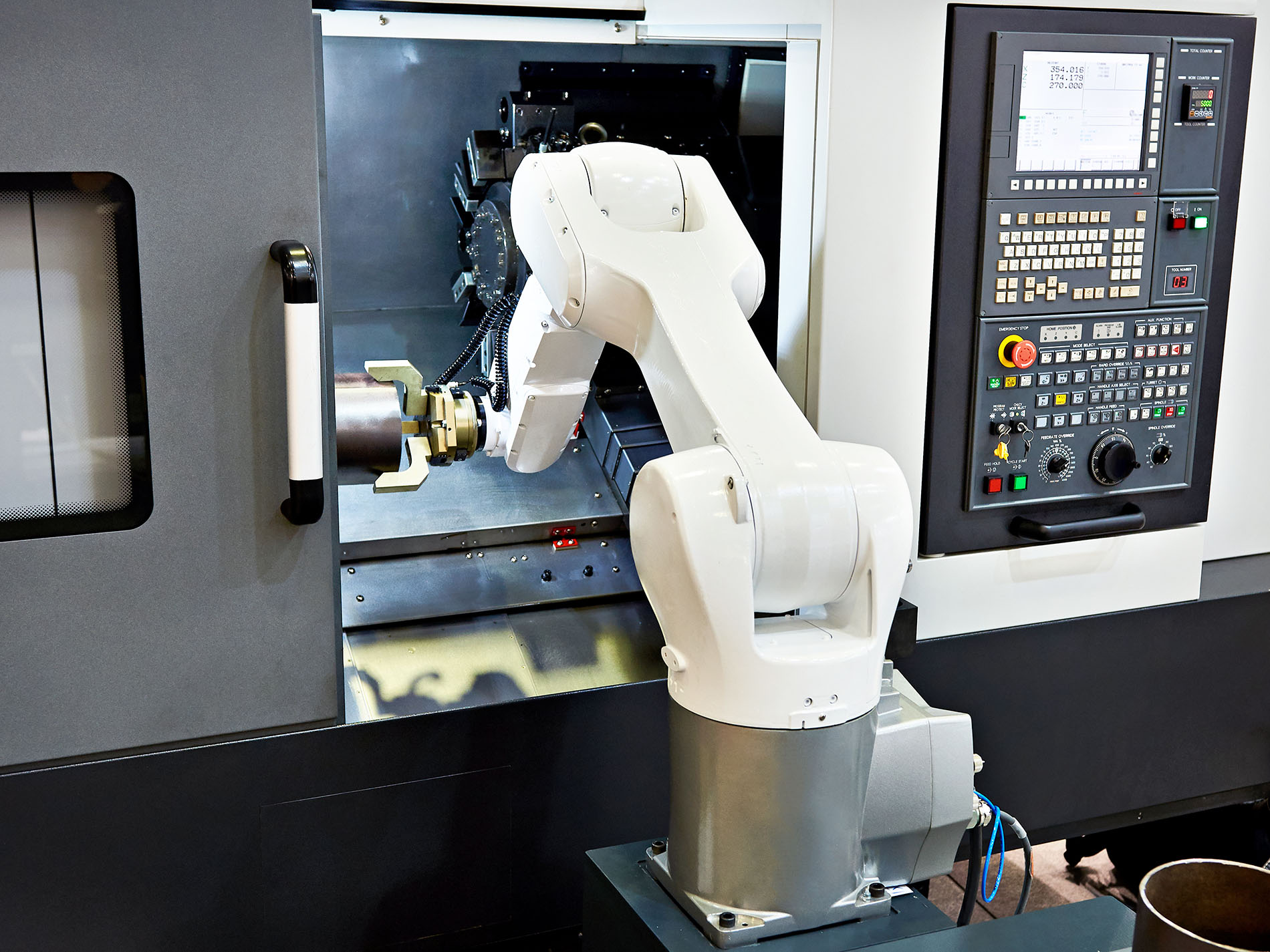
Ten Types of Automation to Consider
Implementing a thoughtful automation plan can help small-and medium-sized manufacturers take their business to the next level. Here are ten examples of other types of automation besides robots. All of them can help boost the throughput, efficiency, or even the capabilities of your business.
Obviously, each automation option has different pros and cons depending on the specific needs of your business – and your budget!
- Robotic Arms and Loaders
OK, we will start with the obvious. Robotic arms for moving materials can reduce manual labor and increase machine uptime. Use them as part of your lights-out/unattended solution to drive throughput. - Automated Tool Changers
Equipping CNC machines with automatic tool changers speeds up setup times and reduces downtime between operations. Also useful in lights out operations and running complex parts more efficiently. Cost is a significant factor. - Automated Quality Inspection Systems
Cool advanced vision systems and coordinate measuring machines (CMMs) automate quality inspections to check specs. This can help eliminate bottlenecks caused by manual inspections. - Adaptive Control Systems
These systems automatically adjust cutting in real-time based on feedback from sensors monitoring vibration, force and other parameters inside the machine. This sophisticated system can help reduce scrap and improve part quality, but it ain’t cheap! - Pallet Systems
Automated pallet systems load and unload parts outside of the CNC machine while it is running which reduces downtime. Great for lights out manufacturing. They also let you to run different parts on the same machine. Job shops find this capability especially attractive. - Automated Part Cleaning
Add automated cleaning stations that will remove debris and coolants from parts to reduce manual cleaning. - Additive Manufacturing
Additive manufacturing (3-D Printing) can expand your facility’s ability to make prototypes and complex parts. Use it to make custom tools and fixtures on-demand or fun side projects. - Predictive Maintenance
These systems use sensors to monitor the machine in real-time to predict when maintenance is needed before the machine breaks down. - Automated Inventory Management
RFID tags and scanners can be used to automatically track inventory levels, tools, and even order supplies. This will minimize manual inventory – freeing up your people to do higher-value tasks. - Automated Data Analytics
Automated monitoring systems, like Datanomix Production Monitoring, help optimize machining processes, predict outcomes, and provide insights to support continuous improvement.
Spend Your Automation Dollars Wisely
Some options might be out of reach for small- to medium-sized facilities who don’t have a lot of capital to invest. Others, like data analytics, are very affordable and can keep a shop competitive and set them on a path to bigger and better things. Production Monitoring can also make sure other investments in automation are delivering the results you expected. If that pallet changer isn’t operating at peak efficiency – you’re flushing money down the toilet.

